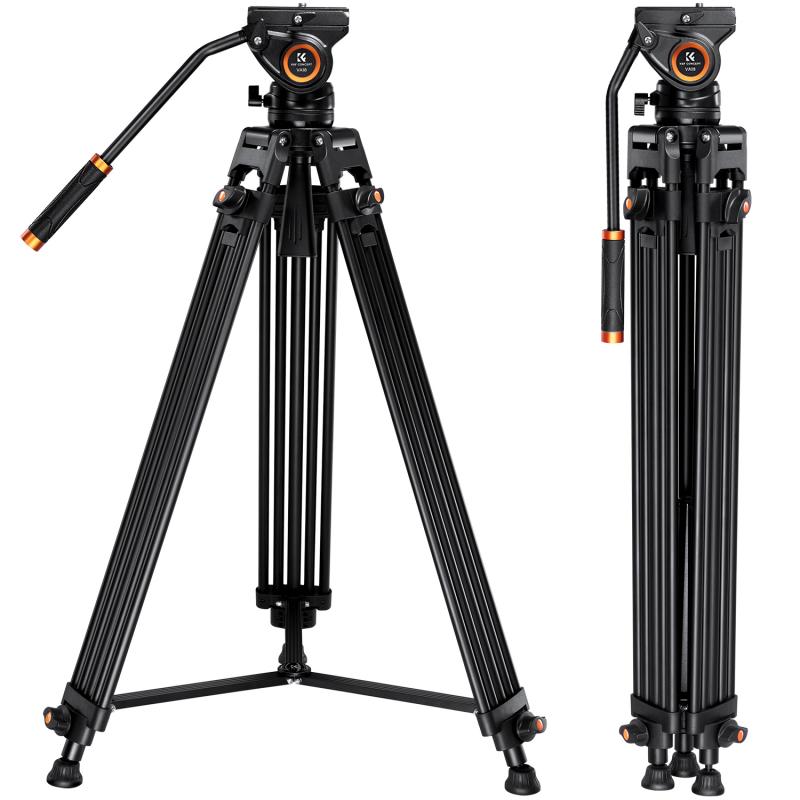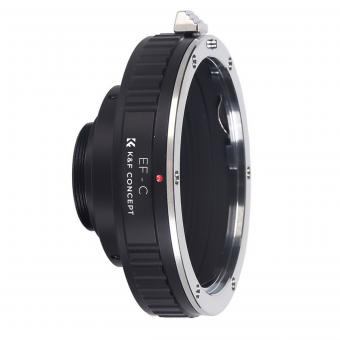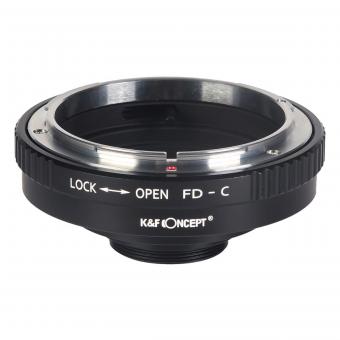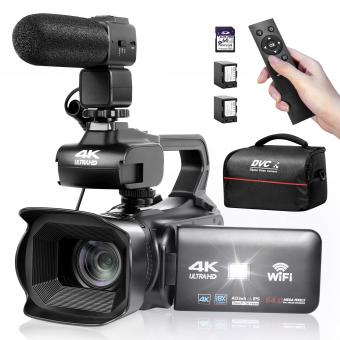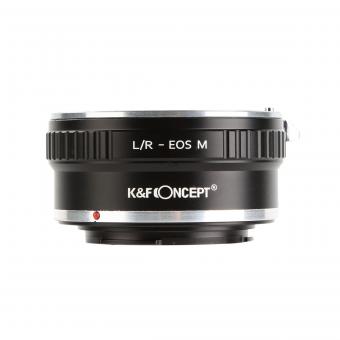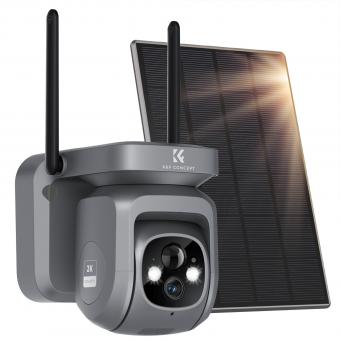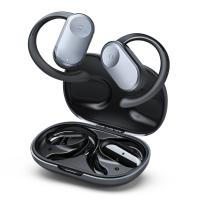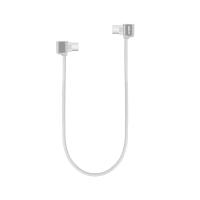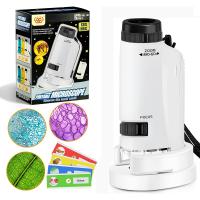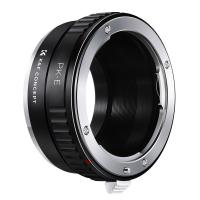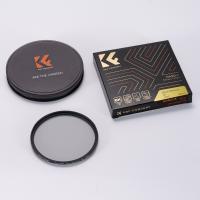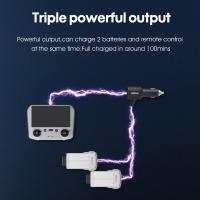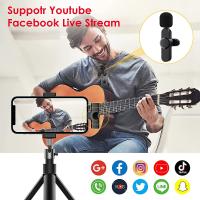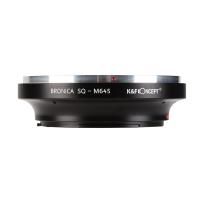How To Hold Camcorder ?
To hold a camcorder, grip it firmly with both hands. Use your right hand to hold the camcorder's handle or grip, while your left hand supports the bottom or side of the device. Keep your elbows close to your body to maintain stability and minimize shaking. Make sure your fingers are not obstructing the lens or any other important parts of the camcorder. Additionally, you can use the camcorder's built-in strap or a separate shoulder strap for added security and stability while filming.
1、 Grip and stability techniques for holding a camcorder
Grip and stability techniques for holding a camcorder are essential to ensure steady and smooth footage. Here are some tips on how to hold a camcorder effectively:
1. Use both hands: Hold the camcorder with both hands to distribute the weight evenly and provide better stability. Place your left hand under the lens or on the side of the camcorder, and your right hand on the handle or grip.
2. Maintain a firm grip: Avoid gripping the camcorder too tightly, as it can lead to shaky footage. Instead, hold it firmly but with a relaxed grip to allow for smooth movements.
3. Keep your elbows close to your body: Tuck your elbows in and keep them close to your body to provide additional support and stability. This technique helps minimize camera shake caused by arm movements.
4. Use a shoulder mount or tripod: For extended periods of filming or when shooting in challenging conditions, consider using a shoulder mount or tripod. These accessories provide added stability and reduce fatigue.
5. Utilize image stabilization technology: Many modern camcorders come equipped with built-in image stabilization technology. Activate this feature to further enhance stability and reduce the impact of camera shake.
6. Practice smooth movements: When panning or tilting the camcorder, make slow and controlled movements. Avoid jerky or sudden motions, as they can result in shaky footage.
7. Take advantage of body support: If possible, lean against a stable object like a wall or tree to provide additional support and minimize camera shake.
It's worth noting that advancements in technology have led to the development of electronic gimbals and stabilizers, which can further enhance stability and produce professional-looking footage. These accessories can be particularly useful for capturing action shots or when filming in challenging environments.
Remember, practice makes perfect. Spend time familiarizing yourself with your camcorder's features and experimenting with different grip and stability techniques to find what works best for you.
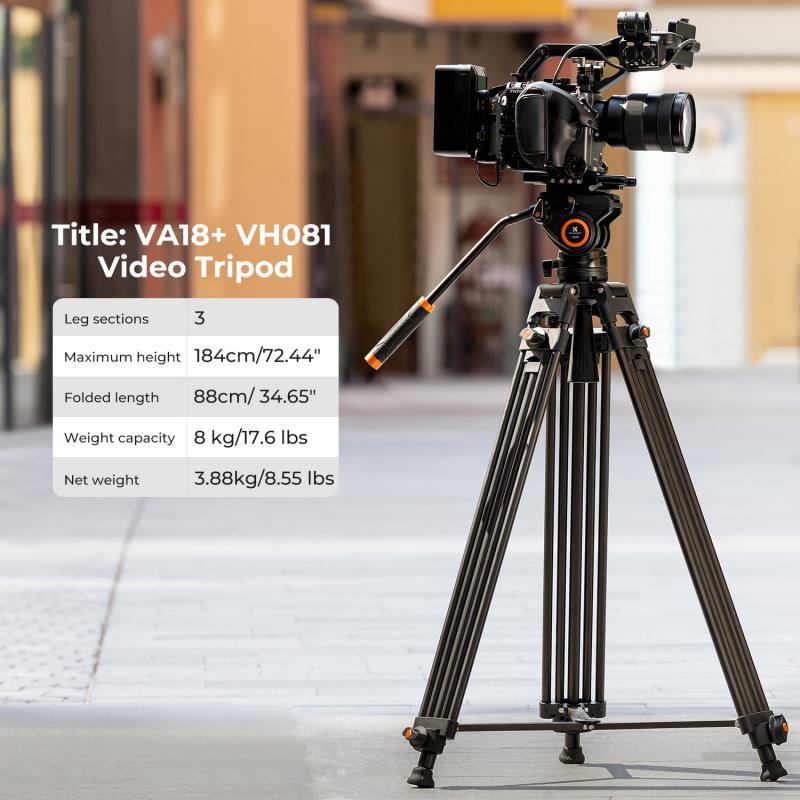
2、 Proper hand placement and body positioning for camcorder stability
Proper hand placement and body positioning are crucial for achieving stability while holding a camcorder. By following these guidelines, you can ensure steady footage and minimize camera shake.
1. Grip: Hold the camcorder with both hands, using a firm but relaxed grip. Your right hand should grip the handle, while your left hand supports the bottom of the camcorder. This grip provides stability and control over the camera's movements.
2. Elbows: Keep your elbows close to your body to create a stable base. This helps to minimize any unwanted movements or shaking. Avoid extending your arms too far away from your body, as it can lead to instability.
3. Stance: Stand with your feet shoulder-width apart and slightly bend your knees. This stance provides a solid foundation and helps absorb any body movements that could affect the stability of the camcorder.
4. Body Positioning: Position your body in a way that allows you to maintain balance and stability. Avoid leaning forward or backward excessively, as it can affect the stability of the camcorder. Instead, stand upright and maintain a relaxed posture.
5. Breathing: Control your breathing while recording. Take slow, deep breaths and exhale slowly to minimize any movements caused by your breath. This technique can help maintain stability and reduce camera shake.
From a latest point of view, advancements in technology have introduced various features in camcorders to enhance stability. Some camcorders now come with built-in image stabilization systems, which can compensate for small movements and vibrations. Additionally, using a tripod or a stabilizing rig can further improve stability, especially in situations where you need to hold the camcorder for extended periods or capture smooth tracking shots.
Remember, practice makes perfect. Spend some time experimenting with different hand placements and body positions to find what works best for you. With proper technique and the aid of modern stabilization features, you can achieve professional-looking footage with your camcorder.

3、 Using a tripod or stabilizer for steady camcorder shots
Using a tripod or stabilizer for steady camcorder shots is the most effective way to ensure smooth and professional-looking footage. Holding a camcorder by hand can often result in shaky and unstable shots, especially when filming for extended periods or in challenging conditions.
A tripod is a three-legged stand that provides a stable base for your camcorder. It allows you to set up your shot and keep the camera steady, eliminating any unwanted movement. Tripods come in various sizes and designs, including lightweight and portable options for on-the-go shooting. They are easy to set up and adjust, providing flexibility in capturing different angles and perspectives.
Stabilizers, on the other hand, are handheld devices that help reduce camera shake and provide smoother footage while filming on the move. They use counterweights and gyroscopic technology to stabilize the camcorder, compensating for any sudden movements or vibrations. Stabilizers are particularly useful for capturing action shots or when shooting in crowded or uneven environments.
In recent years, there have been advancements in stabilizer technology, with the introduction of electronic gimbals. These gimbals use motors and sensors to actively stabilize the camera, resulting in even smoother footage. They are often used by professional videographers and filmmakers to achieve cinematic shots.
While holding a camcorder by hand may be suitable for certain situations, using a tripod or stabilizer is highly recommended for achieving professional-looking and steady shots. They provide stability, reduce camera shake, and allow for more creative control over your footage.
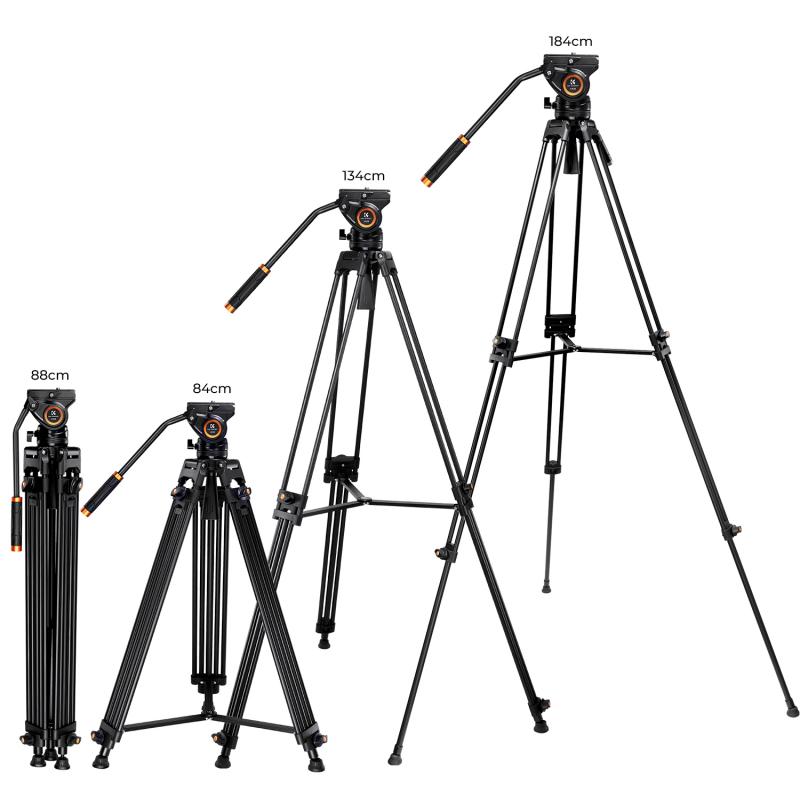
4、 Tips for reducing camera shake while holding a camcorder
Tips for reducing camera shake while holding a camcorder:
1. Proper grip: Hold the camcorder with both hands, keeping your elbows close to your body for stability. This helps to minimize any unwanted movement and provides a steady base for shooting.
2. Use a tripod or stabilizer: If possible, consider using a tripod or a stabilizer to further reduce camera shake. This can be particularly helpful when shooting for extended periods or in situations where stability is crucial.
3. Maintain a relaxed stance: Avoid tensing up your body while holding the camcorder. Instead, stand with your feet shoulder-width apart and slightly bend your knees. This relaxed stance helps absorb any natural body movements and reduces the chances of camera shake.
4. Utilize image stabilization: Many camcorders come equipped with built-in image stabilization technology. Enable this feature to help compensate for any minor movements and vibrations, resulting in smoother footage.
5. Control your breathing: Take slow, deep breaths and exhale slowly while recording. This technique helps to steady your body and minimize any unintentional movements caused by breathing.
6. Avoid zooming while shooting: Zooming in or out while holding the camcorder can amplify camera shake. Instead, try to frame your shots before hitting the record button and avoid unnecessary zooming during recording.
7. Practice panning and tilting smoothly: When moving the camcorder horizontally or vertically, do so in a slow and controlled manner. This helps to maintain stability and prevents jerky movements that can result in camera shake.
8. Consider using a camera strap: Attaching a camera strap to your camcorder and wearing it around your neck can provide additional support and stability while shooting.
In addition to these traditional tips, it's worth mentioning that some newer camcorders offer advanced stabilization features such as optical or electronic image stabilization. These technologies can further enhance the stability of your footage, compensating for a wider range of movements and vibrations.
